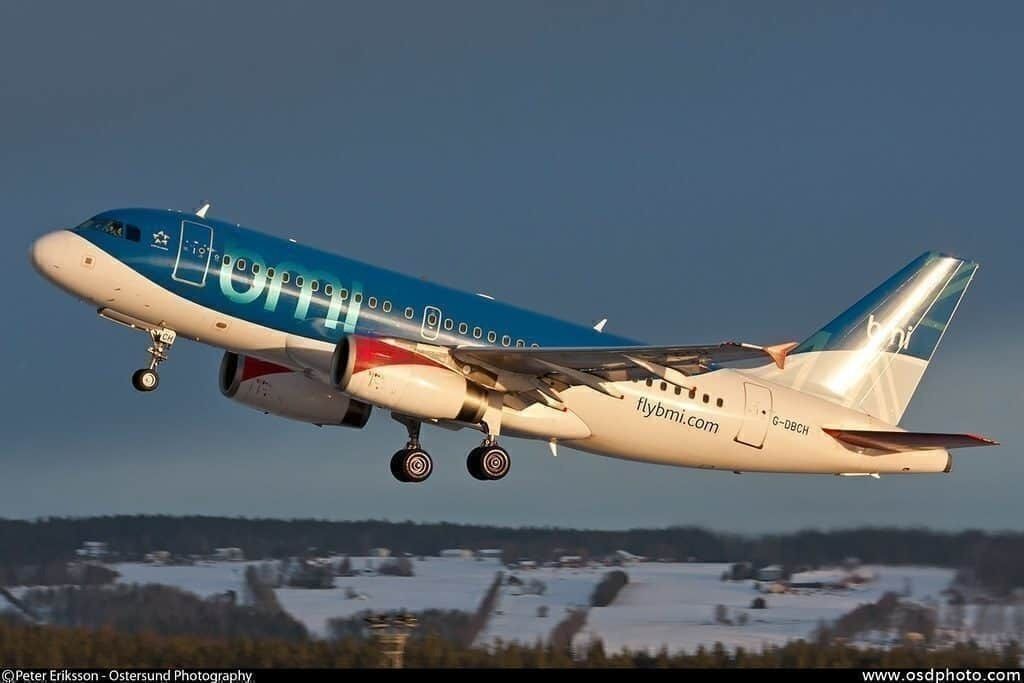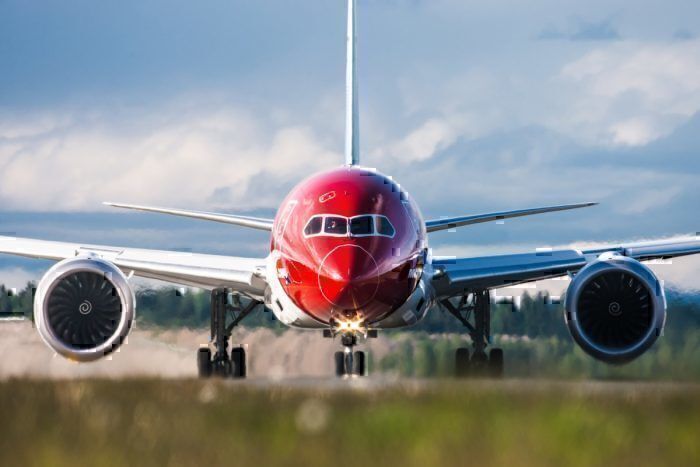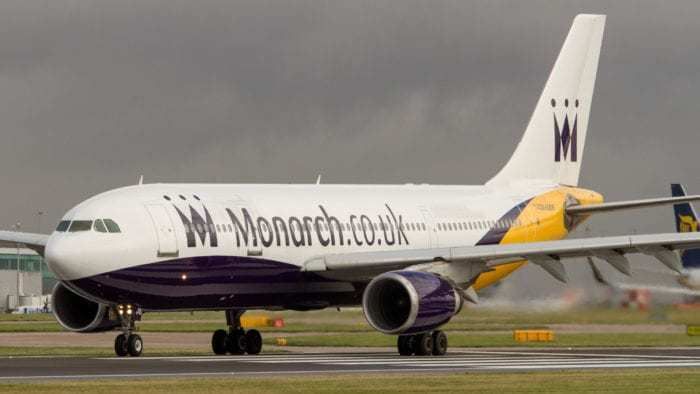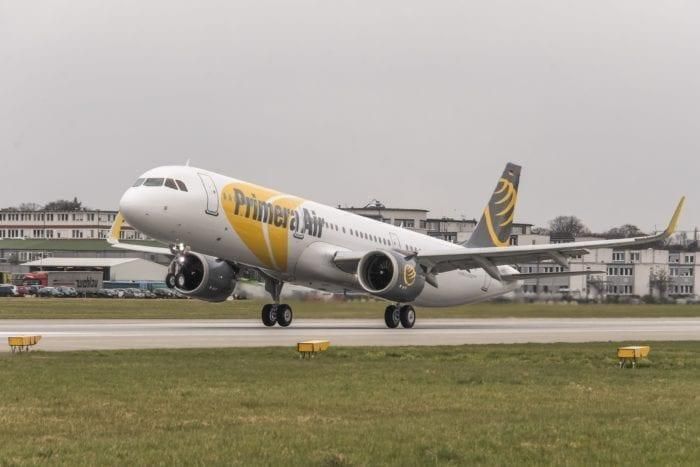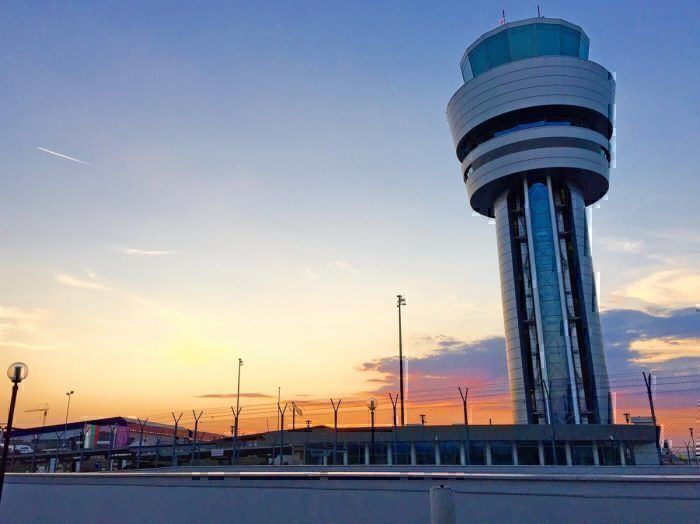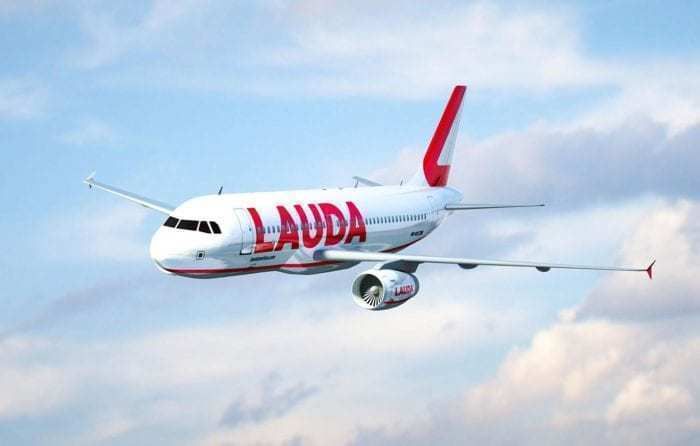Airlines come and go all the time, but 2018-2019 saw an unusually high number of airline failures. We take a look at why, and what’s been happening to cause so many carriers to collapse.
A huge number of airlines went out of business over the 2018-2019 financial year. Some were well publicized, others just quietly slipped away. While we all know the strife caused by the collapse of WOW Air, for instance, others you might not have heard of at all. For example:
- Air2there: A New Zealand based carrier, 14 years old, closed in July 2018.
- Air Costa Rica: A San Jose airline, closed in July at just two years old.
- Air Link: Based in Dubbo, Australia, the airline was 47 years old when it closed in September.
- Bin Air: Based in Cologne, Germany, Bin Air closed down in October after 12 years of service.
- Dart Ukrainian Airlines: From Kiev, this three plane airline had existed for 21 years when it closed in April 2018.
- NextJet: This Swedish carrier was 16 years old, but closed down in May 2018, declaring bankruptcy.
- SkyWork: A Swiss airline with six aircraft, failed to secure an investor and closed down in August 2018.
- Sparrow: Based in Stockholm, the airline was eight years old but declared bankruptcy in June 2018.
The list is even more extensive than that, with carriers from New Zealand to Nova Scotia seemingly not immune to the massive aviation cull of the past year. But what’s going on, and why do so many airlines keep collapsing?
Overheads
One of the most difficult things about running an airline is projecting accurately the costs involved. Very little, in terms of overheads, is fixed. Fuel costs are a significant expense for airlines, and the natural variation in the cost of this can make budgeting very tricky indeed.
According to Statista, fuel costs constituted an average of 23.5% of airlines’ total expenses over the course of 2018. This was lower than the 32.3% in 2012, but is projected to hit 25% in 2019. Over the course of 2018, fuel costs spiked, right at the peak of the summer season, and then dropped again. Now they are on the rise once more. This type of variation can end up being the proverbial straw that breaks the camel’s back.
In many parts of the world, labor costs have been changing too. Reuters say that labor costs surpassed fuel as global airline’s biggest single expense in 2016, at 22% compared to 21% for fuel. The Independent reports that IATA estimated airlines to lose out by $5bn globally due to rising employment costs over the last financial year.
EU Passenger Compensation rules have put additional pressure on airlines, with delays and cancellations now carrying a risk of tens of thousands of pounds. Added to this, emissions taxes imposed by some nations add yet more to the overheads of airlines, and are a cost which creeps up and up, year on year. Airlines with relatively little financial cushioning behind them just can’t survive with these kinds of changes.
Oversupply
It’s often the case in aviation that supply exceeds demand, the European market is no different. Overcapacity means the weakest will not survive, such as was the case with Monarch Airlines who collapsed in 2017. Straddling both the low cost carrier and leisure market, Monarch failed to be the best at either, and as such was doomed to fail.
According to the IATA, flights in Europe have grown by more than 40% over the past decade. Simultaneously fares have dropped, putting pressure on profit margins and reducing the amount of financial wiggle room available.
And it’s not just Europe where carriers are facing stiff competition either. Jet Airways found they couldn’t hold their own against the rising tide of LCCs in India, and in Africa, legacy airline South African Airways is barely hanging on (and only then through taxpayer contributions) against the influx of foreign carriers on their turf.
Overreaching
Growth of networks, fleet and services is usually a good thing for airlines, but it has to be done in a measured way. When carriers try to do too much, too soon, stability is lost and things start to go wrong. A prime example of this was Primera Air, who ceased operating in October last year.
A low cost airline, Primera was doing OK in the early days. However, they rushed into establishing new bases and operations, and even started transatlantic flying on a low cost basis. The end result was too much money going out, not enough coming in and operations that were increasingly chaotic, until finally they admitted defeat.
WOW Air too seemed to fail to do the numbers, entering the cutthroat world of transatlantic routes with ridiculously low fares. While many passengers were delighted at the ‘too good to be true’ pricing of the airline, in the end, it really was.
Other influences
It seems the heavens conspired to make the last financial year a particularly difficult one for airlines. Aside of the rising cost of jet fuel and labor, a huge increase in ATC strikes around Europe caused a massive headache for carriers.
Ryanair highlighted the impact of the increased ATC strikes last year, saying that there was a 300% increase in strikes in France versus 2017, and that in May alone 39,000 flights were delayed. Delays mean compensation, or at the very least loss of customer confidence, which is never good for any airline.
Often, when there is a strike in a certain area, airlines will fly around that airspace in order to make their flight work. This may mean taking a somewhat indirect route, which is clearly not as efficient. While large airlines with healthy profit margins can easily absorb the impact of such an event, for smaller airlines already surviving on a shoestring, it can just be too much.
Have we seen the last of it?
We don’t think so. Michael O’Leary recently alluded to a ‘consolidation’ of European airlines, and that seems to be happening. Ryanair’s recent takeover of Laudamotion and Air Malta are key examples, but there will likely be more as time progresses. Oversupply is just not sustainable.
The problem comes when an airline needs an investor but can’t find one in time. As we saw with both WOW Air and Cobalt, discussions with investors could potentially have saved them, but as soon as talks broke down, the airlines closed their doors.
While it would be unkind to name names, there are a number of airlines both in Europe and elsewhere in the world who are limping from one day to the next right now. While things are stable, these airlines will likely continue in the same vein. But, when something rocks the boat, they’ll struggle to absorb the impact.
Oil prices remain volatile, despite currently being relatively low. Regardless of short term peaks and troughs, the overarching outlook is that prices will continue to rise over the next five years. The Independent has reported that more delays are expected over the summer due to ATC staff shortages and industrial action, which will inevitably hit the profits of the weakest carriers. And then, of course, there’s Brexit.
Summer is a make or break time for airlines. It’s a time to build up their reserves to see them through the quieter winter season. If they fail to do that, we could see more carriers closing down before the end of this financial year.

